The increasing migration from rural to urban areas in Türkiye’s eastern Black Sea region is leading to changes in the demographic structure and the aging of villages.
Professor Mine Gözübüyük Tamer from Karadeniz Technical University (KTÜ), who conducts studies on migration in the region, stated: “We have witnessed that especially the young population between the ages of 15-39 is migrating to cities. As a result, the rural area is left entirely to the elderly.”
“These migrations create a gap in the transfer of cultural ties. Especially the loss of cultural identity and local values could be at stake.”
The Turkish Statistical Institute (TurkStat) recently announced that the elderly population and the proportion of the elderly population in the total population by province. According to the 2023 data, the total population aged 65 and over in Türkiye was 8,722,806, with 438,827 registered in the eastern Black Sea region.
Migration from rural to urban areas in the region has led to changes in the demographic structure and the aging of villages. While in 2012, 43% of the population in the region lived in rural areas and 57% in urban centers, in recent years, the proportion of the rural population has decreased to 17%.
The age range of those moving from rural areas, 15-39, has also led to the elderly being the remaining population in these areas.
7% in remote areas
Tamer stated that the migration of the young population to urban centers results in the loss of cultural identity and local values.
“To speak more clearly and definitively about the rural population in the region, we need to look at TurkStat data. According to the TurkStat data for the year 2023, the population of Türkiye was determined as 85,372,377, and 93% of the total population lives in provincial and district centers, while 7% lives in rural areas, towns and villages,” she explained.
“When we look at the eastern Black Sea region, there is a decrease in the rural population and towns and villages. The population of the provinces in the region, starting from the province of Artvin and including the cities of Rize, Trabzon, Gümüşhane, Giresun, Ordu and Bayburt, was announced as 2,819,312.”
“This population corresponds to approximately 3.36% of the population of Türkiye. As of 2023, the ratio of urban and rural population in the eastern Black Sea region was 83% in provincial and district centers and 17% in rural areas.”
Migration to cities
Tamer noted that the rural population in the eastern Black Sea region has been continuously decreasing over the years, stating that the most important factor affecting migration is the economy. “When we look back in time, in the 2000s, half of the population lived in provincial and district centers and half in rural areas; we can see that the rural population has been decreasing over the years.”
“In 2007, especially in the eastern Black Sea region, 56% of the population lived in provincial and district centers, while 44% lived in rural areas. This figure corresponds to 57% and 43% in 2012.
“When we look back over the years, we can say that the population has decreased. However, there can also be temporary changes at the provincial level. It is possible to say that an important factor in rural migration is the economy. The lack of public services and deficiencies in social life can also lead people to decide to migrate,” he said.
Cultural transmission
Tamer said that in addition to changing the demographic structure, migration to cities has also halted cultural transmission, adding, “As the rural population migrates to urban centers, a change in the demographic structure in the city creates an adverse situation by creating pressure on infrastructure services, health and social services.”
“These migrations are not just about demographic change. At the same time, we can see that in rural areas, the units we call hearths, which protect our cultural values, are lost. This creates a gap in the transmission of the bond of belonging and cultural ties.”
“There can be a loss of cultural identity, especially local values,” he said.
Single policy impossible
Pointing out that the young population is mostly migrating to cities, Tamer emphasized that the villages in the eastern Black Sea region are getting older. “If we look at the age group migrating from the rural areas of the region, we see that the young population between the ages of 15 and 39 is migrating from rural areas to the cities in parallel with the trend in general,” he said.
“As a result, the rural areas are left entirely to the elderly, and the elderly are migrating due to the difficulty in accessing health services,” she said.
“It is impossible to implement a single policy or take a single measure for all provinces against the consequences of the migration movement. Therefore, we can propose policies that consider the characteristics of different rural areas. Perhaps with rural incentives, we can ensure that this population stays in this region.”
“We have too many vocational schools in the region. I believe that the curriculum of these vocational high schools should be revised according to the needs of the region. If the students who graduate here can be employed in the fields that the region needs, we can keep these young people in the region. I think we as a region can benefit from the blessings of a vibrant, productive, young population,” she said.

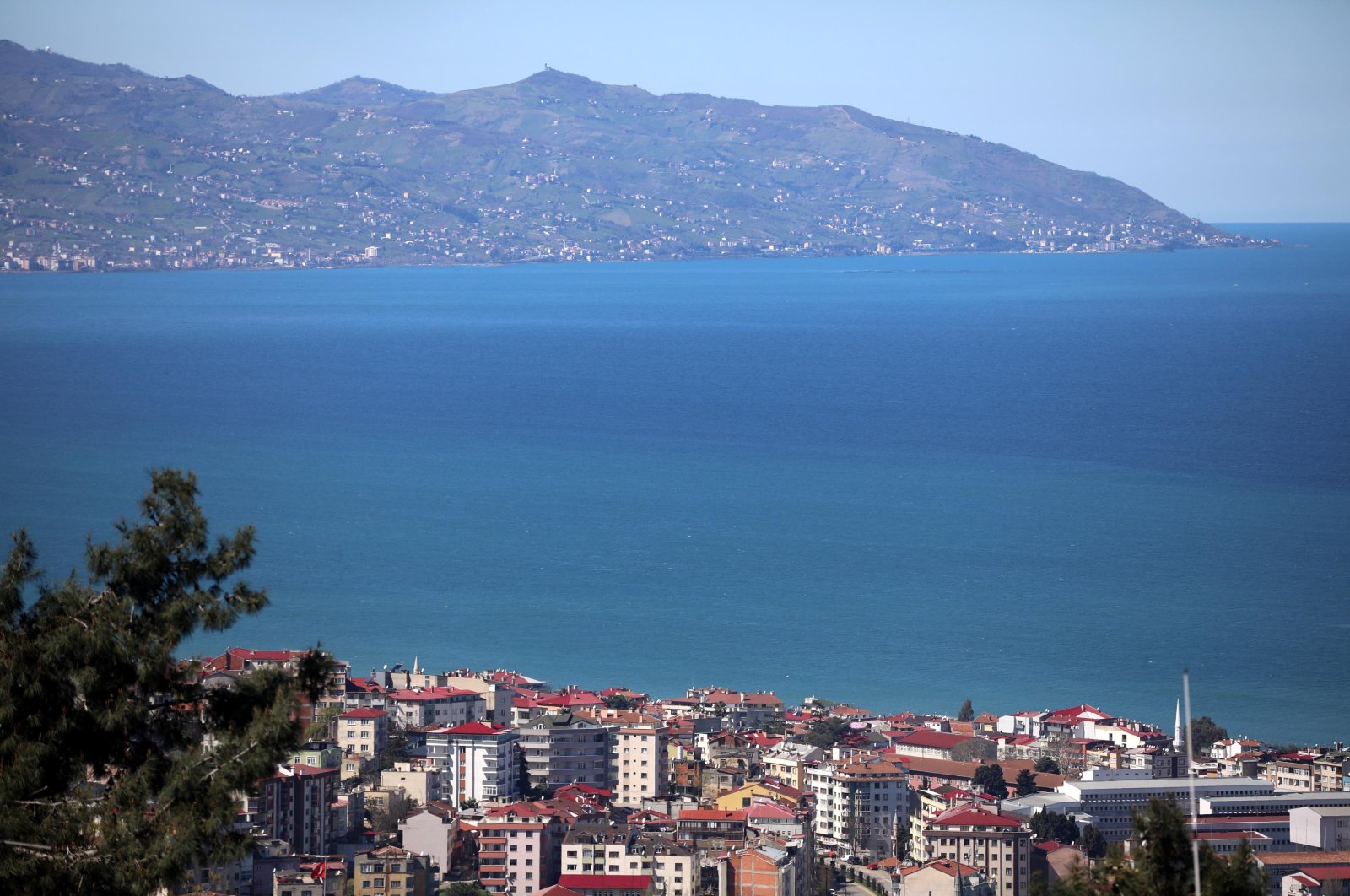



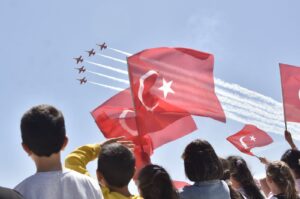



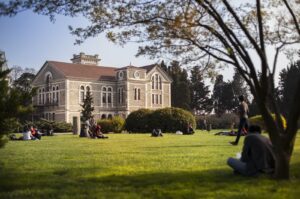


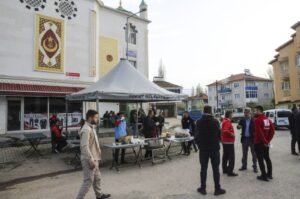
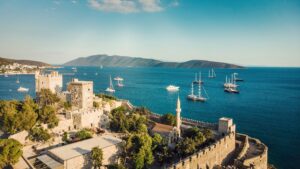
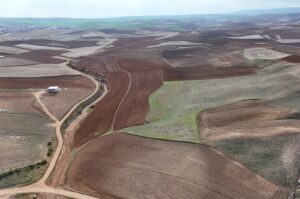
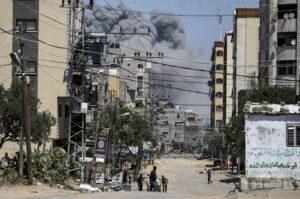

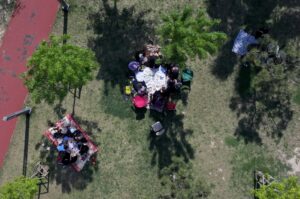


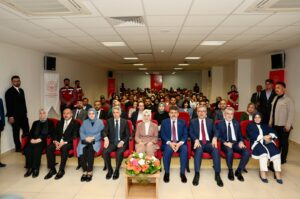
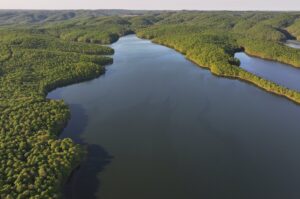
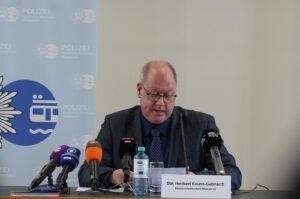

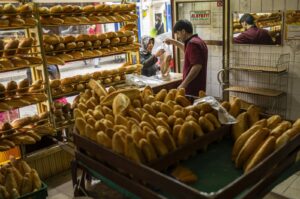
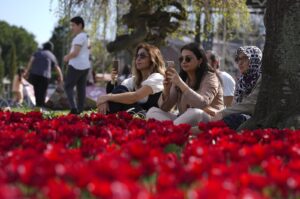




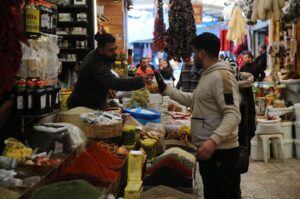
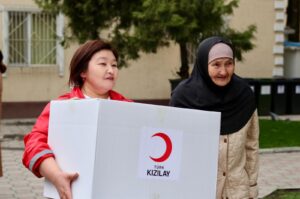

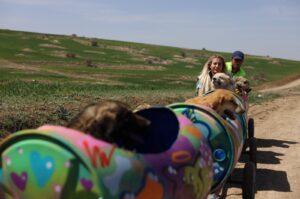
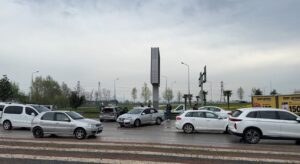
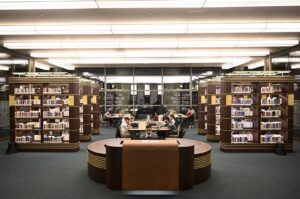
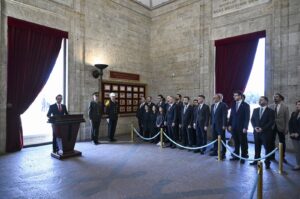

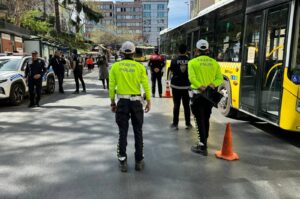


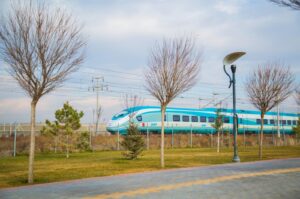
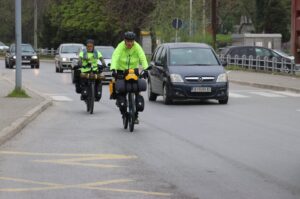
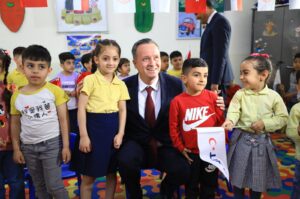
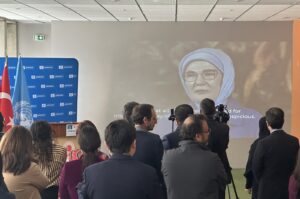

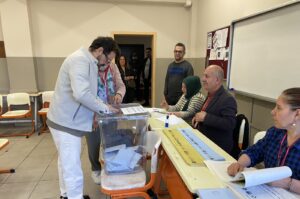
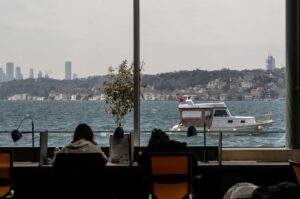

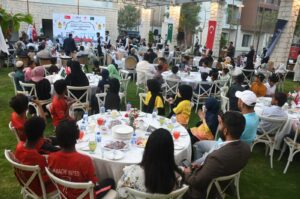
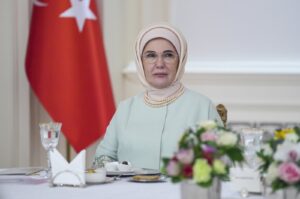

Be First to Comment